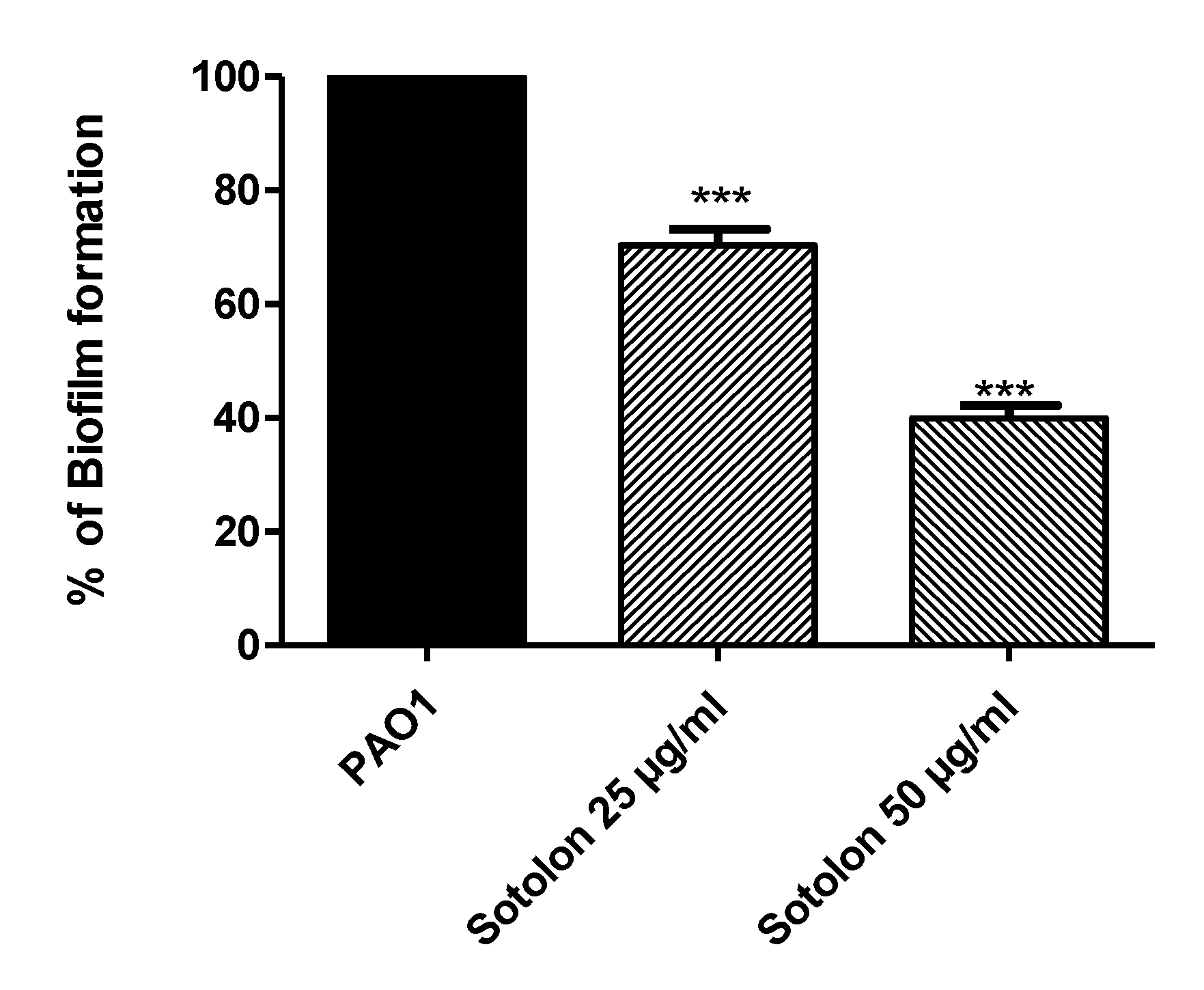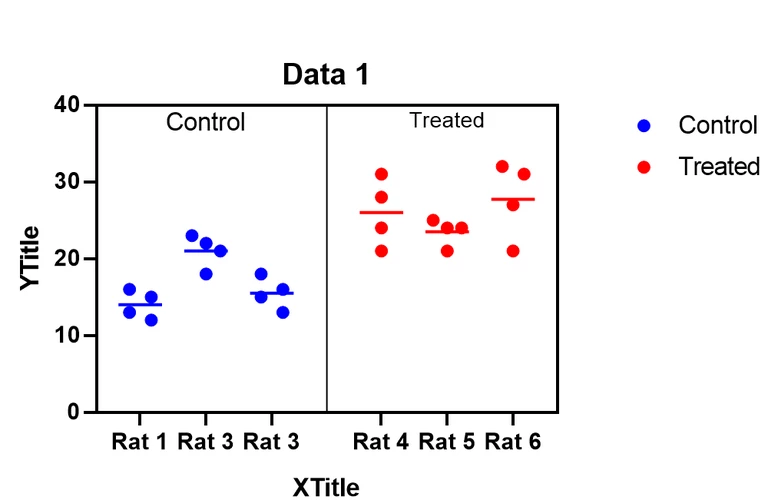

In our previous work, we demonstrated that that long-term exposure of two HNSCC cell lines to five targeted therapies and chemotherapeutics leads to an eightfold increase in mutation rate compared to untreated cells. coli, stress-like starvation induces activation of the RNA polymerase, sigma S (RpoS) system, leading to error-prone double-strand break repair, potentially accelerating evolution. However, there is also evidence that exogenic stress could activate cellular pathways that promote genetic instability. Due to the random nature of mutations, this paradigm assumes the lack of directionality. These are formed because of the inherent genetic instability, and they select as the fittest under chemotherapeutic treatment.

It is commonly assumed that acquired chemoresistance is associated with the emergence of drug refractory subpopulations. Although mechanisms of drug resistance-such as increased efflux, reduced absorption, inhibition of cell death, and changes in tumor microenvironment and cancer stem cells have been identified-mechanisms of development of these cellular eviction strategies remain largely unknown. After initial response, most advanced tumors become resistant to therapy, and continuous treatment with the same regimen has little to no effect. Acquired chemoresistance severely limits the prognosis of disseminated malignancies.


 0 kommentar(er)
0 kommentar(er)
